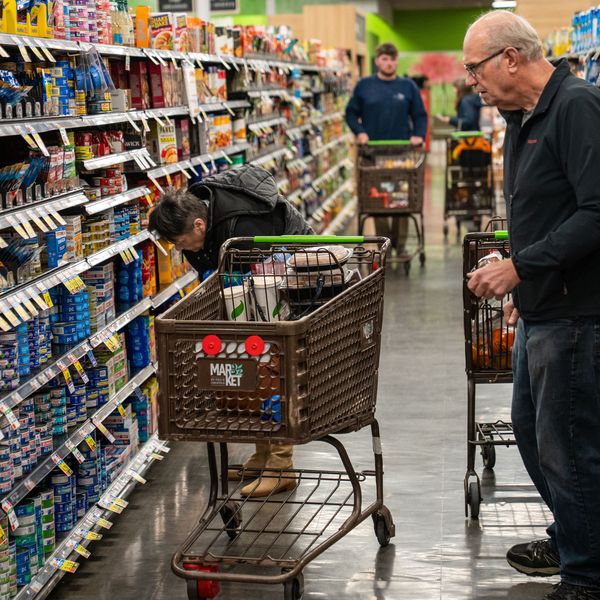U.S. President Donald Trump’s $200 million plan to construct a new golden ballroom at the White House is not just a monument to narcissism. It is statecraft by spectacle, financed by national rot. The timing is not subtle. It arrives alongside his “One Big, Beautiful Bill,” a federal budget that slashes Medicaid, food stamps, public housing, and climate programs, all while inflating the national deficit past $40 trillion. In this juxtaposition—architectural self-glorification for the ruling executive, fiscal starvation for the governed—we are not witnessing innovation. We are watching reruns of Versailles.
Louis XVI’s France operated on the principle of dépense utile, or “useful splendor”—the idea that royal extravagance was a form of political investment. Gold leaf and crystal chandeliers weren’t indulgence. They were instruments of authority. Versailles was never merely a residence. It was theater. It showcased the king’s ability to dominate not only his nobles but the metaphysical order of the kingdom itself. Every garden vista, every mirrored hallway, whispered the same thing: Obedience is beautiful, and beauty belongs to the crown.
This logic broke the country.
Calonne, Louis XVI’s finance minister in the 1780s, argued with sincerity that royal pageantry had diplomatic utility. France, he said, could not afford to appear poor. To reduce spending would be to lose face, both at home and abroad. It would risk undermining the delicate myth of royal omnipotence that kept the aristocracy groveling and foreign rivals guessing. So he doubled down. The state borrowed to cover Versailles’ operating costs. The result was a debt spiral so vast that it cracked the ancien régime wide open.
The French monarchy believed it could govern through performance. It fell because people eventually realized they were not guests at the party. They were the bill.
Fast forward to 2025. The United States now faces annual interest payments approaching $2 trillion, nearly one-third of all federal revenue. Unlike France in 1789, America has no tax-exempt aristocracy. Instead, it has tax-exempt billionaires. And instead of court ballet, it has cable news. But the fiscal structure is no less absurd. Trump’s budget performs the same dark magic: redirecting public funds toward elite vanity while accelerating structural collapse
The ballroom is a symptom. A projected $200 million marble-and-gold performance space, modeled loosely on Versailles’ Hall of Mirrors, will sit at the center of Trump’s renovated West Wing. It will host foreign dignitaries, Republican fundraisers, and presidential photo ops. This is how kleptocracy dresses itself—in borrowed grandeur, gilded walls, and florid illusions of permanence.
Meanwhile, Medicaid is being “restructured.” Supplement Nutrition Assistance Program benefits are being “realigned.” These are words chosen to disguise cruelty. The One Big Beautiful Bill is an exercise in anti-governance. It is designed to shrink the public sphere until only the strong, the connected, and the loyal remain. The money isn’t gone. It’s just moved—upwards.
There is bitter historical irony here. The French Revolution did not erupt because peasants lacked bread. Bread shortages had existed for centuries. What changed was the visibility of the farce. The illusion cracked. People saw a monarchy bleeding the treasury dry for glitter and pride, while demanding austerity from everyone else. The palace at Versailles, once a symbol of majesty, began to look grotesque. The line between luxury and insult collapsed.
Today, Americans are watching that same shift in real time. A president calls himself “king” on social media and receives thunderous applause from his base. He designs a ballroom while communities lose clinics. He throws gala dinners while food pantries see record demand. The White House is not a palace, but it is being remade into one.
The parallels to 18th-century France are not metaphorical. They are operational. Royal France justified excess as necessary to preserve order and prestige. Trump’s America justifies it with the language of branding. In both systems, the result is the same: obscene pageantry disguising political decay. The court is televised now. The courtiers wear microphones. And the people foot the bill.
There is no modern equivalent of Calonne’s Assembly of Notables. No gathering of billionaires will be summoned to justify the deficit or explain why America can afford a golden ballroom but not insulin. The rituals of accountability have vanished. The theater remains.
Trump’s defenders will call the ballroom symbolic. They are right. It symbolizes a state that has abandoned the moral obligations of government and replaced them with architecture. It is the spatial embodiment of policy by spectacle. The Roman emperors built circuses. Louis built Versailles. Trump builds ballrooms. The continuity is not ideological. It is psychological.
And it is ending the same way.
History offers no guarantees, but it does offer warnings. The French monarchy believed it could govern through performance. It fell because people eventually realized they were not guests at the party. They were the bill.
The question is not whether America can afford another ballroom. The question is whether it can survive the regime that thinks it should build one.



